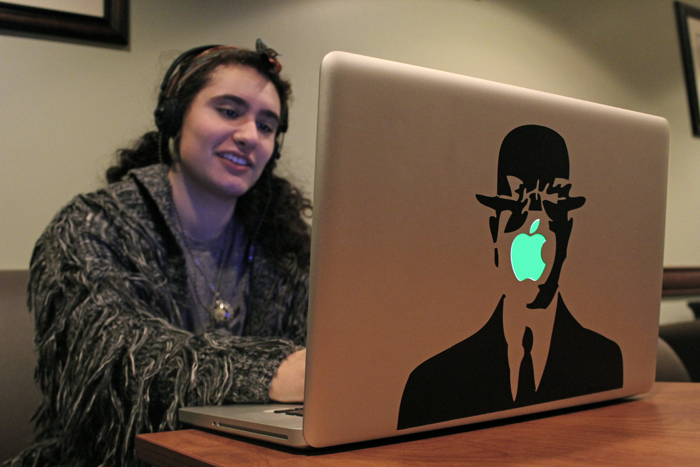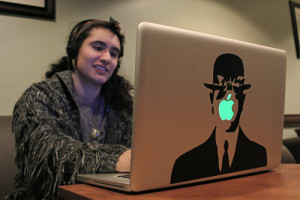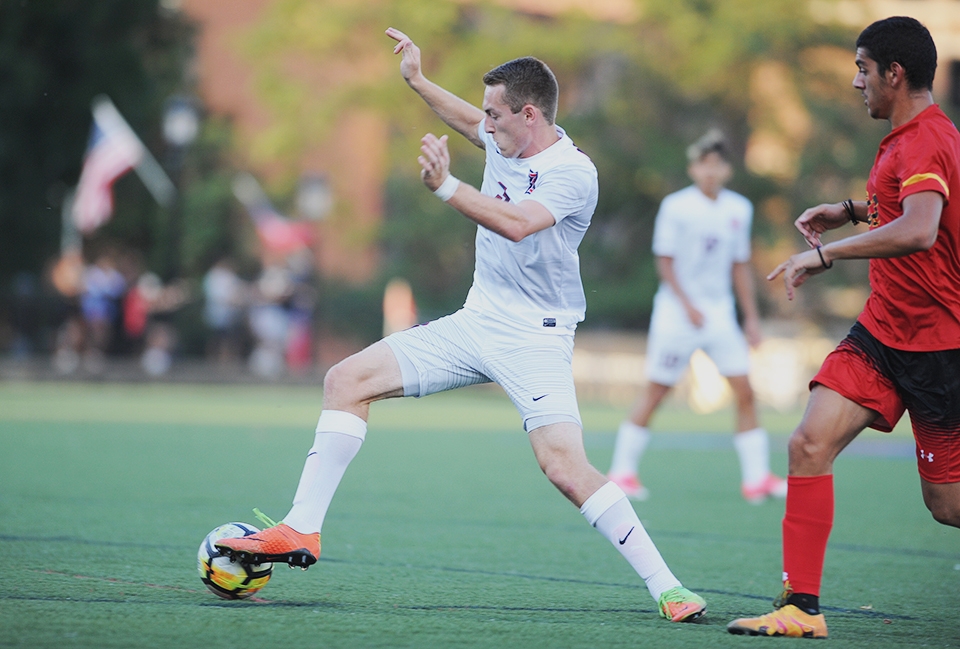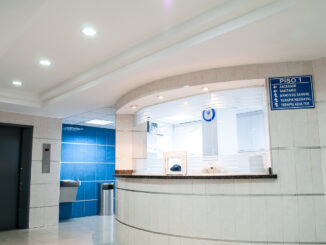

By Max Blechman | The Duquesne Duke
Amid complaints of Wi-Fi problems on campus, Duquesne officials are taking steps to try to increase the speed and reliability of the wireless network, which has a complicated history at the University.
Implementation of campus-wide wireless access was completed in 2013. Prior, the goal for Internet connections was a “port per pillow” policy, or providing enough wired access for every student. As the number of daily wireless devices on campus has spiked, the need for wireless access has increased dramatically.
But the wireless system in place was built for coverage, not density, according to Duquesne network manager Hank McCarthy.
“Wireless was once viewed as a complementary network to the wired network,” McCarthy said.
Wireless has now shifted from complementary to primary, and the number of wireless devices in use has grown to approximately 8000 per day according to CTS. This growth has meant that a wireless system built for simple coverage is now behind on the speed many students have grown accustomed to.
Several students have experienced both speed and connectivity problems. Colby Simpson, a sophomore digital and media arts student, claims that he has run speed tests and experienced download and upload speeds as low as five megabytes per second (mbps). In comparison, advanced home networks can run as quickly as 150 to 200 mbps.
“If I’m trying to download a video, it can take upwards of two to three hours,” Simpson said. “And that’s before I even get to work on projects. At home, with Comcast, I get around 140 megabytes per second … so five is utterly ridiculous.”
According to Duquesne chief information officer Chuck Bartel, these tests, while helpful, are not reflective of the reality of the situation.
“These tests are representative of the smallest end of the pipe, so to speak … So while we have an ability of running 20 to 54 mbps for one user at each access point, each of those access points is shared amongst many devices,” Bartel said. “By the time it reaches that particular test point, yes, it can be as low as five mbps.”
Bartel, who started at Duquesne in August, directed the implementation of one of the first campus-wide wireless systems in the world at Carnegie Mellon University, where he worked for 30 years.
Bartel said the technology at Duquesne will soon be updated, but that the industrial options available for the University need to be implemented at a time when it will be most cost efficient. If the school buys new routers too early, the cost will be too high; if bought too late, the technology will soon be outdated. The balance is what Bartel calls “the sweet spot.”
Bartel claims that industry standard equipment is expected to be at 200 mbps within the next four years, but until then the school has to wait to make an update that will make a notable difference. Additionally, the logistics of making sure the usage of each router is maximized to cover as much of the campus as possible means there are still kinks in the system being worked out by CTS.
In the meantime, Bartel and McCarthy said there are several steps students can take to improve their Wi-Fi connectivity. The first is not using their own wireless routers, which disrupt the network for other users. The second is to make sure that wireless devices, such as wireless printers, do not create their own access points that could also disrupt.
Students who are experiencing problems are urged to call the CTS help desk.




